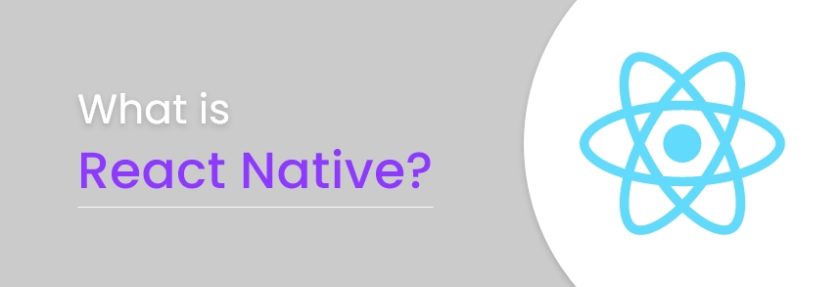With technological advancements, several new programming languages and frameworks have been introduced to developers. Some of these are meant for special software products, primarily cross-platform websites or applications. The two most popular frameworks that have created hype in the market are react native and flutter. Since both are used for almost the same purposes, it isn’t easy to distinguish between them and choose only one for an IT project or any other software development related to the task.
Keeping this in mind, we have illustrated the differences between flutter and react native, helping to clarify your doubts about which software development framework can easily meet your requirements.
What is flutter?

In May 2017, Google developed and released flutter for creating cross-platform mobile user interfaces. Apart from this, it also allows you to build only a single code base for an application that needs to be run across a range of platforms and devices. However, as of now, you can only write the code bases for iOS and Android operating systems.
Flutter can be divided into two components, a software development kit or SDK and a library based on multiple widgets. Without them, you won’t be able to write the codes on the framework and execute them. Apart from this, you also need to know the Dart programming language. Google and applicable only for flutter, also created it.
Features or advantages of flutter
- One of the many reasons to learn and use flutter is its easier learning curve. Unlike other cross-platform software development frameworks, you don’t need to put too much effort into learning dart, the use of SDK, or the UI-based library of flutter.
- A flutter app works almost similar to native software, offering the users an amazing experience that can help take your startup business to the next level.
- The widgets that come with flutter are customizable, helping you personalize the UI without implementing new code snippets.
- Flutter comes with a wide range of documentation, ensuring you get the exact help you are looking for without having to search for alternatives.
What is react native?

React Native is based on JavaScript but was developed at the hands of Facebook. Though not easier as flutter, it is quite popular because websites like Netflix, Facebook, Instagram, and so on are developed on this cross-platform framework. The main utility of reacting is to create parent and child components and render them to reuse the code snippets multiple times.
It extends the library functions of JavaScript, ensuring you can use the plugins to add new features or functions to whatever application or website you create.
Features and advantages of react native
- You will be able to reuse the code bases developed on react native without having to start from scratch once again.
- The developed codes can be used across multiple platforms and operating systems without hassle.
- Thanks to the implementation of JavaScript library functions, you won’t have to worry about execution speed or accuracy.
Conclusion
There’s a constant battle between flutter and react native, making it difficult for developers to decide which language to opt for developing cross-platform software. But now, since you have an idea about what flutter or react native comes with, you can at least take the basic decision of learning more about the most suitable framework.

